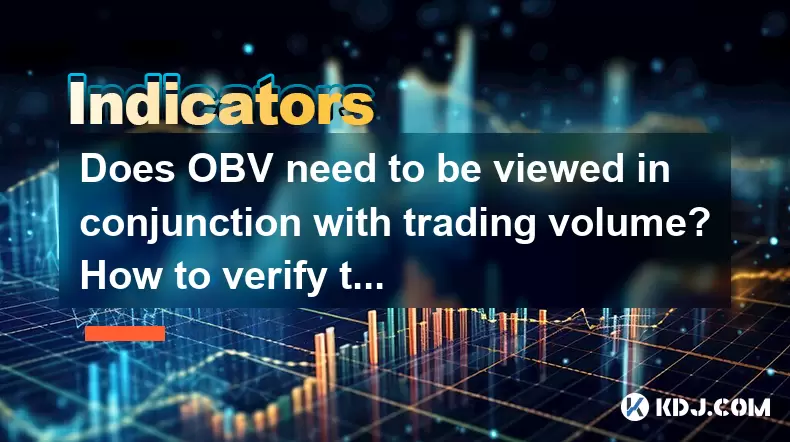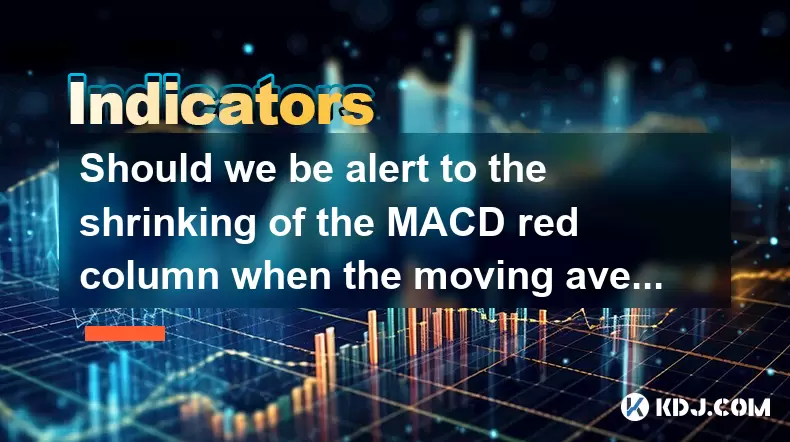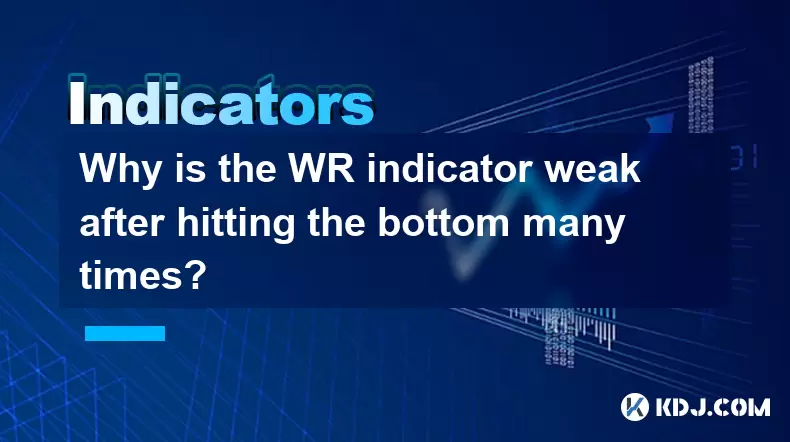-
 Bitcoin
Bitcoin $101,898.5005
-0.75% -
 Ethereum
Ethereum $2,258.1125
-1.07% -
 Tether USDt
Tether USDt $1.0004
0.01% -
 XRP
XRP $2.0178
-2.93% -
 BNB
BNB $624.0243
-1.53% -
 Solana
Solana $134.3298
-0.90% -
 USDC
USDC $0.9999
0.01% -
 TRON
TRON $0.2675
-2.05% -
 Dogecoin
Dogecoin $0.1538
-1.96% -
 Cardano
Cardano $0.5482
-1.11% -
 Hyperliquid
Hyperliquid $35.5636
5.45% -
 Bitcoin Cash
Bitcoin Cash $453.4902
-1.66% -
 Sui
Sui $2.5134
-2.97% -
 UNUS SED LEO
UNUS SED LEO $9.1292
1.77% -
 Chainlink
Chainlink $11.8457
-1.60% -
 Stellar
Stellar $0.2312
-2.73% -
 Avalanche
Avalanche $16.9721
0.29% -
 Toncoin
Toncoin $2.7549
-3.82% -
 Shiba Inu
Shiba Inu $0.0...01081
-1.10% -
 Litecoin
Litecoin $80.8250
-0.71% -
 Hedera
Hedera $0.1374
0.21% -
 Monero
Monero $305.4827
-2.36% -
 Ethena USDe
Ethena USDe $1.0006
0.00% -
 Dai
Dai $1.0000
-0.01% -
 Polkadot
Polkadot $3.2085
-3.12% -
 Bitget Token
Bitget Token $4.0845
-3.13% -
 Uniswap
Uniswap $6.3353
-1.63% -
 Pi
Pi $0.5085
-0.70% -
 Pepe
Pepe $0.0...08913
-3.82% -
 Aave
Aave $232.7090
-0.58%
Does OBV need to be viewed in conjunction with trading volume? How to verify the relationship between volume and price?
OBV should be analyzed with trading volume to confirm trends; use volume-price charts to verify how volume changes precede price movements in crypto trading.
May 23, 2025 at 04:21 pm

Does OBV need to be viewed in conjunction with trading volume? How to verify the relationship between volume and price?
In the world of cryptocurrency trading, understanding the relationship between various technical indicators and market metrics is crucial for making informed decisions. One such tool is the On-Balance Volume (OBV), which is often used to predict price movements based on volume changes. The question arises: Does OBV need to be viewed in conjunction with trading volume? Additionally, how can traders verify the relationship between volume and price? This article will delve into these topics to provide a comprehensive understanding.
Understanding On-Balance Volume (OBV)
On-Balance Volume (OBV) is a technical indicator that uses volume flow to predict changes in stock price. The concept behind OBV is that volume precedes price movement. If a cryptocurrency closes higher than the previous day, the entire day's volume is added to the OBV. Conversely, if it closes lower, the volume is subtracted. If the close is the same as the previous day, the OBV remains unchanged.
The OBV line can provide insights into the strength of a trend. An increasing OBV suggests that buying pressure is increasing, which can signal an upcoming price increase. Conversely, a decreasing OBV can indicate increasing selling pressure, potentially leading to a price decrease. However, OBV alone might not provide the complete picture; it is often used in conjunction with other indicators, including trading volume.
The Importance of Viewing OBV with Trading Volume
While OBV is a powerful tool, it is essential to view it in conjunction with trading volume to get a more accurate picture of market dynamics. Trading volume represents the total number of shares or contracts traded within a specified time frame and is a crucial indicator of market activity. By comparing OBV with trading volume, traders can gain a deeper understanding of market sentiment and potential price movements.
When OBV and trading volume are both increasing, it can confirm a strong bullish trend. This scenario suggests that there is significant buying interest, which could lead to higher prices. On the other hand, if OBV is increasing but trading volume is decreasing, it might indicate a weakening trend. This divergence could signal that the bullish momentum is not as strong as it appears, and a reversal might be imminent.
Verifying the Relationship Between Volume and Price
To verify the relationship between volume and price, traders can use several methods. One of the most effective approaches is to analyze volume-price trends over time. This involves looking at historical data to identify patterns where volume changes precede price movements.
- Use a volume-price chart: Plot the trading volume and price on the same chart to visualize their relationship. Look for periods where volume spikes are followed by significant price movements.
- Identify volume spikes: Pay attention to days or periods where trading volume significantly exceeds the average. These spikes often indicate strong market interest and can precede major price movements.
- Analyze volume at key price levels: Examine volume at support and resistance levels. High volume at these levels can confirm their significance and indicate potential breakout or breakdown points.
Practical Example: Analyzing OBV and Volume in Bitcoin
Let's consider a practical example using Bitcoin (BTC) to illustrate how OBV and trading volume can be analyzed together. Suppose we are looking at a daily chart of Bitcoin over the past month.
- Step 1: Plot the OBV and trading volume on the chart. Ensure that both indicators are aligned with the price chart for easy comparison.
- Step 2: Identify periods where OBV and trading volume are both increasing. For instance, if Bitcoin's price has been steadily increasing, and both OBV and trading volume are also rising, this could confirm a strong bullish trend.
- Step 3: Look for divergences. If OBV is increasing but trading volume is decreasing, it might suggest that the bullish trend is losing steam. Conversely, if OBV is decreasing but trading volume is increasing, it could indicate a potential bearish reversal.
- Step 4: Use volume-price analysis to verify the relationship. If volume spikes are consistently followed by price movements in the same direction, it supports the hypothesis that volume precedes price.
Using Technical Analysis Tools
To effectively analyze OBV and trading volume, traders can use various technical analysis tools and platforms. Popular platforms like TradingView and MetaTrader offer built-in OBV indicators and customizable volume charts. These tools can help traders visualize the relationship between OBV, trading volume, and price.
- Add OBV to your chart: Most trading platforms allow you to add OBV as an indicator. Simply select OBV from the list of available indicators and apply it to your chart.
- Customize volume settings: Adjust the volume chart to display different time frames and compare it with the OBV and price. Some platforms allow you to overlay volume bars directly on the price chart for easier analysis.
- Use trend lines and moving averages: Apply trend lines and moving averages to both OBV and volume to identify trends and potential reversals. For example, a moving average crossover on the OBV might signal a trend change.
Case Study: Ethereum Price Movement and Volume Analysis
Let's examine a case study involving Ethereum (ETH) to further illustrate the importance of analyzing OBV and trading volume together. Suppose we are looking at a weekly chart of Ethereum over the past three months.
- Observation 1: Over the past month, Ethereum's price has been steadily increasing. During this period, both OBV and trading volume have also been rising. This alignment suggests a strong bullish trend, supported by increasing buying pressure.
- Observation 2: In the second month, Ethereum's price continues to rise, but trading volume starts to decline while OBV remains relatively stable. This divergence could indicate that the bullish trend is weakening, and a potential reversal might be on the horizon.
- Observation 3: In the third month, Ethereum's price experiences a sharp decline, accompanied by a significant increase in trading volume and a corresponding drop in OBV. This scenario confirms a bearish trend, with increased selling pressure driving the price down.
FAQs
1. Can OBV be used as a standalone indicator?
While OBV can provide valuable insights into market trends, it is generally more effective when used in conjunction with other indicators, such as trading volume and price charts. Relying solely on OBV might lead to missed signals and false positives.
2. How often should I check OBV and trading volume?
The frequency of checking OBV and trading volume depends on your trading strategy. For short-term traders, daily or even intraday checks might be necessary. Long-term investors might find weekly or monthly checks sufficient to monitor trends.
3. What other indicators can complement OBV and trading volume?
In addition to OBV and trading volume, other indicators like the Relative Strength Index (RSI), Moving Average Convergence Divergence (MACD), and Bollinger Bands can provide a more comprehensive view of market conditions. These indicators can help confirm trends and potential reversals.
4. Are there any limitations to using OBV and trading volume?
Yes, there are limitations. OBV and trading volume can be affected by external factors such as market manipulation, news events, and liquidity issues. Additionally, these indicators might not always accurately predict future price movements, especially in highly volatile markets like cryptocurrencies.
Disclaimer:info@kdj.com
The information provided is not trading advice. kdj.com does not assume any responsibility for any investments made based on the information provided in this article. Cryptocurrencies are highly volatile and it is highly recommended that you invest with caution after thorough research!
If you believe that the content used on this website infringes your copyright, please contact us immediately (info@kdj.com) and we will delete it promptly.
- DOGE Recovery Amid US-Iran Tensions: A Market Rollercoaster
- 2025-06-23 20:45:13
- Fiserv, PayPal, and Stablecoins: A New Era of Interoperability?
- 2025-06-23 20:45:13
- Hacken Token's Wild Ride: Minting Exploit and the Cryptocurrency Crash
- 2025-06-23 21:05:12
- Dogecoin, Cloud Mining, and Blockchain: A Meme's Evolution
- 2025-06-23 21:25:12
- Layer 1 Turmoil: CEO Ousted Amidst Scam Allegations
- 2025-06-23 21:05:12
- Solana's Stumble: Price Crash and Network Exodus?
- 2025-06-23 21:25:12
Related knowledge

What is the significance of the gap formed by the gap opening not being filled within five days?
Jun 23,2025 at 09:42pm
Understanding Gaps in Cryptocurrency TradingIn the world of cryptocurrency trading, a gap refers to a situation where the price of an asset jumps from one level to another without any trading activity occurring between those two levels. This often happens over weekends or holidays when the market is closed, and significant news or events occur that impa...

Does the second golden cross of MACD above the zero axis represent the continuation of strength?
Jun 23,2025 at 08:21pm
Understanding the MACD IndicatorThe Moving Average Convergence Divergence (MACD) is a widely used technical analysis tool in cryptocurrency trading. It consists of three main components: the MACD line, the signal line, and the histogram. The MACD line is calculated by subtracting the 26-period Exponential Moving Average (EMA) from the 12-period EMA. The...

Is it effective when the DIF line suddenly crosses the zero axis when the volume is shrinking and the market is trading sideways?
Jun 23,2025 at 07:29pm
Understanding the DIF Line in Technical AnalysisThe DIF line, or the Difference Line, is a critical component of the MACD (Moving Average Convergence Divergence) indicator, widely used in technical analysis across cryptocurrency and traditional financial markets. It represents the difference between the 12-period EMA (Exponential Moving Average) and the...

Should we be alert to the shrinking of the MACD red column when the moving average is arranged in a bullish pattern?
Jun 23,2025 at 08:14pm
Understanding the MACD Red Column and Its SignificanceThe Moving Average Convergence Divergence (MACD) is a widely used technical indicator in cryptocurrency trading. It consists of three main components: the MACD line, the signal line, and the MACD histogram (the red column). The red column represents the difference between the MACD line and the signal...

Why is the WR indicator weak after hitting the bottom many times?
Jun 23,2025 at 07:56pm
Understanding the WR Indicator in Cryptocurrency TradingThe Williams %R (WR) indicator is a momentum oscillator used by traders to identify overbought and oversold levels in the market. It ranges from 0 to -100, with readings above -20 considered overbought and below -80 considered oversold. In the context of cryptocurrency trading, where volatility is ...

Is the shrinking cross star after the historical high a signal of topping?
Jun 23,2025 at 05:56pm
Understanding the Shrinking Cross Star PatternIn technical analysis, candlestick patterns are essential tools for traders to predict potential price movements. One such pattern is the shrinking cross star, which appears as a small-bodied candle with long upper and lower shadows, indicating indecision in the market. When this pattern forms after an asset...

What is the significance of the gap formed by the gap opening not being filled within five days?
Jun 23,2025 at 09:42pm
Understanding Gaps in Cryptocurrency TradingIn the world of cryptocurrency trading, a gap refers to a situation where the price of an asset jumps from one level to another without any trading activity occurring between those two levels. This often happens over weekends or holidays when the market is closed, and significant news or events occur that impa...

Does the second golden cross of MACD above the zero axis represent the continuation of strength?
Jun 23,2025 at 08:21pm
Understanding the MACD IndicatorThe Moving Average Convergence Divergence (MACD) is a widely used technical analysis tool in cryptocurrency trading. It consists of three main components: the MACD line, the signal line, and the histogram. The MACD line is calculated by subtracting the 26-period Exponential Moving Average (EMA) from the 12-period EMA. The...

Is it effective when the DIF line suddenly crosses the zero axis when the volume is shrinking and the market is trading sideways?
Jun 23,2025 at 07:29pm
Understanding the DIF Line in Technical AnalysisThe DIF line, or the Difference Line, is a critical component of the MACD (Moving Average Convergence Divergence) indicator, widely used in technical analysis across cryptocurrency and traditional financial markets. It represents the difference between the 12-period EMA (Exponential Moving Average) and the...

Should we be alert to the shrinking of the MACD red column when the moving average is arranged in a bullish pattern?
Jun 23,2025 at 08:14pm
Understanding the MACD Red Column and Its SignificanceThe Moving Average Convergence Divergence (MACD) is a widely used technical indicator in cryptocurrency trading. It consists of three main components: the MACD line, the signal line, and the MACD histogram (the red column). The red column represents the difference between the MACD line and the signal...

Why is the WR indicator weak after hitting the bottom many times?
Jun 23,2025 at 07:56pm
Understanding the WR Indicator in Cryptocurrency TradingThe Williams %R (WR) indicator is a momentum oscillator used by traders to identify overbought and oversold levels in the market. It ranges from 0 to -100, with readings above -20 considered overbought and below -80 considered oversold. In the context of cryptocurrency trading, where volatility is ...

Is the shrinking cross star after the historical high a signal of topping?
Jun 23,2025 at 05:56pm
Understanding the Shrinking Cross Star PatternIn technical analysis, candlestick patterns are essential tools for traders to predict potential price movements. One such pattern is the shrinking cross star, which appears as a small-bodied candle with long upper and lower shadows, indicating indecision in the market. When this pattern forms after an asset...
See all articles
























































































